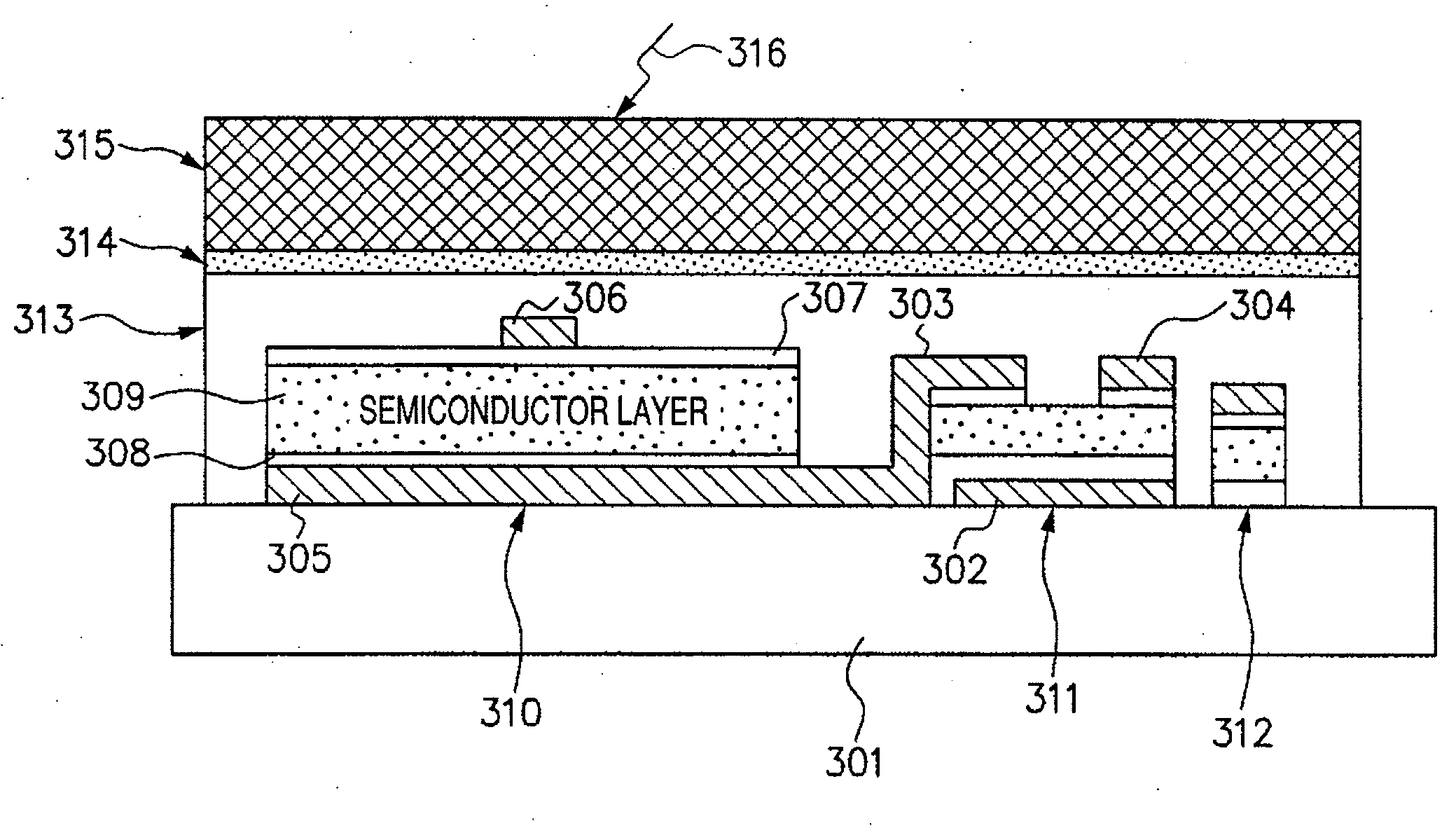Imaging apparatus, radiation imaging apparatus, and radiation imaging system
a radiation imaging and imaging system technology, applied in the field of imaging apparatus, can solve the problems of not being satisfied by conventional technology, requiring more strict noise performance than consumer products, and affecting the dosage of exposure to radiation of objects, etc., to achieve the effect of satisfying radiographed images, reducing line noise artifacts caused by the fluctuation of power sources, and simple configuration
- Summary
- Abstract
- Description
- Claims
- Application Information
AI Technical Summary
Benefits of technology
Problems solved by technology
Method used
Image
Examples
Embodiment Construction
[0036](First Mode for Embodying the Present Invention)
[0037]FIG. 13 illustrates an example of an image of line noise occurring while reading an object during radiography. FIG. 13A illustrates an acquired image on a display. FIG. 13B illustrates a column profile between I-II of the image of FIG. 13A. The horizontal axis indicates the column of an image, and the vertical axis indicates an output value of a sensor, that is, the density of an image. In FIG. 13, the image has line noise of relatively high intensity and spatial frequency, thereby considerably degrading the image quality. The degradation of image quality can occur with line noise of lower intensity and spatial frequency.
[0038]The inventor of the present invention has empirically proved that structural line noise can incur visual degradation of image quality when the following equation (1) holds.
spixel / 10
[0039]Where spixel indicates the standard deviation of each output pixel of the area sensor array in the dark...
PUM
 Login to View More
Login to View More Abstract
Description
Claims
Application Information
 Login to View More
Login to View More - R&D
- Intellectual Property
- Life Sciences
- Materials
- Tech Scout
- Unparalleled Data Quality
- Higher Quality Content
- 60% Fewer Hallucinations
Browse by: Latest US Patents, China's latest patents, Technical Efficacy Thesaurus, Application Domain, Technology Topic, Popular Technical Reports.
© 2025 PatSnap. All rights reserved.Legal|Privacy policy|Modern Slavery Act Transparency Statement|Sitemap|About US| Contact US: help@patsnap.com



